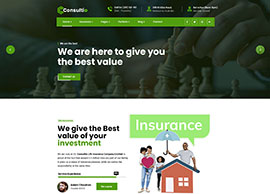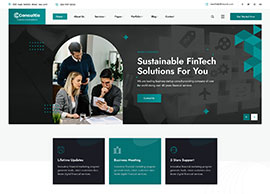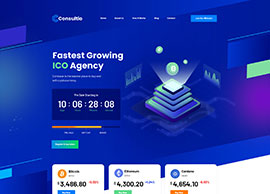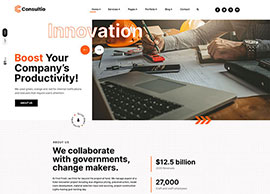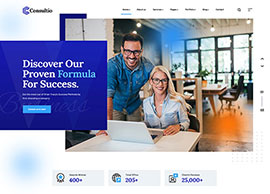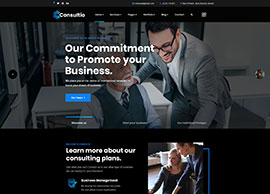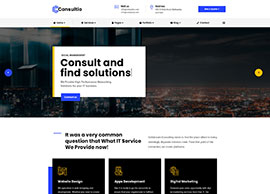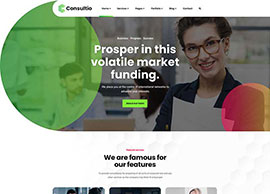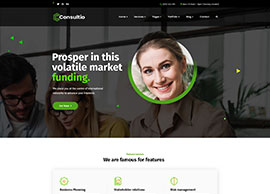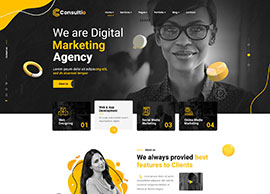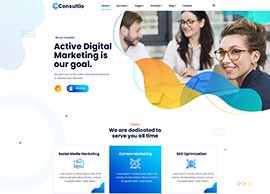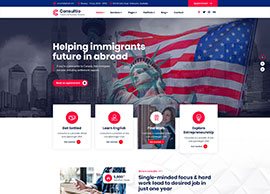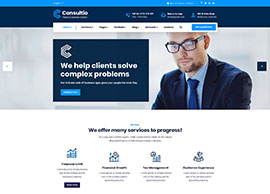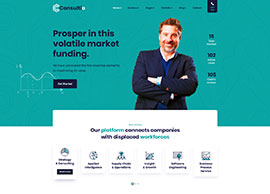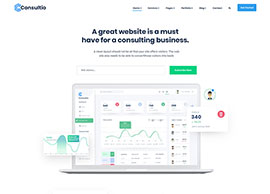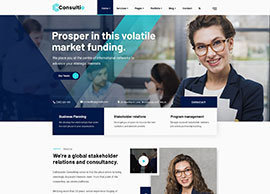How The New Lease Accounting Standards Will Impact Every Mailing Agreement
There are new FASB lease accounting standards that will take effect December 15, 2018 that will impact the way companies account for their leases. Since most mailing equipment is leased, and few organizations have a firm grasp on all their agreements and terms, this article’s goal is to educate you on what is needed to comply. The biggest part of the change is that all leases will need to be listed on the balance sheet as a liability vs. only needing to be recorded on the income statement as an expense. This will require every company to know the specific terms of their agreements which most, especially those with multiple locations, lack.
Overview of Changes
There are two core types of leases for mailing equipment:
- Finance Leases – Leases with fixed buyout amounts or where the asset is assumed to be acquired at the end of the term. This had been recognized on the balance sheet in the past and will continue.
- Operating Leases – Leases without having a buyout clearly defined and with the potential for a future useful life of the asset after the termination of the lease. Most mailing equipment leases fit this category. In the past, only the expense of the lease payment was listed on the Income Statement. With the new standards, the future value of all lease payments needs to be put onto the Balance Sheet as a liability.
Example: Mailing Equipment Lease at $200 per month with a 48-month term. 36 months are remaining.
Income Statement – $200 per month X 12 months – $2400 of annual expense
(New) Balance Sheet – 36 months remaining @ $200 per month – $7200 as a liability (This can be reduced based on the company’s discount rate.)
These new lease accounting standards are going into effect on December 15, 2018 for public companies and December 15, 2019 for non-public. They apply to any agreement over 12 months in term and specific longer-term rentals may need to be considered.
Why This Matters
This change will concern companies for two main reasons:
- Organizations will need increased oversight on their current and future leases to make sure the liabilities they have/or are entering make the most sense for their organization’s financial picture that will be shown on the balance sheet.
- They will need to have a much higher level of visibility than they had in the past which will require new processes to develop and maintain.
It continues to be very difficult to get full visibility to the mailing category because of the following:
- The mailing vendors have not offered consistent asset reporting.
- Even if you have copies of all your original agreements, the date a lease was signed is typically different from when the agreement commences. It could be 1-12 months after the date of signature.
- The end of lease date is not shown on any invoice from the mailing equipment suppliers.
- There have been some questionable mailing equipment vendor lease renewal practices that extend obligations such as the following:
- Trying to get locations to renew early without properly disclosing the end of lease terms.
- Offering special incentives to renew early by clicking on an email, offering gift cards to renew or to renew by paying an invoice at a discounted rate without properly disclosing end of lease dates.
- Reaching out to location level contacts (vs. headquarter decision makers) and getting them to renew leases when they may not be properly authorized to do so.
- Automatic evergreen extensions if new agreements are not put in place 30-90 days prior to the end of term.
- Decentralized purchasing processes where the locations, divisions or regions act independently on their mailing agreements
- Keeping track of mergers, acquisitions or divestitures
- There may be multiple vendors used throughout the locations increasing the difficulty of full visibility.
Data You Will Need Regarding your Agreements
In the past, the issues above were not a huge concern because the lease costs were only being recognized on the income statement as an expense, which all flowed through accounts payable directly to the financial statements. With these new standards, any agreement greater than 12 months needs to be identified, tracked and reported on. You will need to know the following details for all your leases:
- Lease Number
- Location Address
- Term/Lease Period
- Monthly Amount
- Commencement Date
- End of Lease Date
- Items Included in the Agreement
We are finding many of our clients are investing in spend management systems to help them manage and maintain this data. They are coming to us to provide the information above, so they can keep these systems maintained.
What You Can Do To Gain Visibility
If you only have a few locations, this may not be a hardship, but we work with organizations that can have hundreds or thousands of locations where collecting this information can be a huge challenge. Here are the steps that we do to help our clients that you can do on your own:
- Reach out to your vendors – In our experience, only a small percentage of companies have any current equipment reporting from the vendors and they may have had difficulty getting this information in the past. Your vendors may be able to provide equipment inventory reports that have this detail. The question is do they have all of your locations linked to a central identifier? If not, could there be acquired locations or ones that initiated agreements on their own that the vendor never knew were linked to your organization?
- Go to Accounts Payable – We find this is the best place to go because it shows everything that is being paid, which should capture every active lease. Request an export of all invoices that were paid to the main mailing equipment vendors for the past 18 months. This will show you the vendor names, invoice numbers, dates and amounts paid. From this data, try to select one or a few invoices from each location to have a PDF pulled of the actual invoice. You will need this to capture the contract number, model, serial number and specific location address. Validate if you have these contract numbers on any reports the vendors may have provided or are they additional non-identified locations.
- Set up logins on the mailing vendor’s website – All of the mailing vendors let you create a login on their website where you can link your agreements to get more visibility. This will show you higher level details of the agreements as well as postage usage to see if the equipment is still being used.
- Reach out to the vendors to validate end of lease dates – This is key item that you will need to validate with the vendor and only one of the main vendors will provide this information through the website login in step 3.
- Keep this information updated with contract changes – Make sure that as new agreements are implemented, and old equipment returned that this information is reflected in your reporting.
Best Practices for the Future:
With these new standards, best in class organizations will look at their leases much closer. Here are strategies that you can use to help optimize these changes:
- Have leases reviewed centrally vs. being approved throughout your locations. This assures visibility and oversight.
- Ask about rental and purchase options before committing to a lease.
- Work with your finance department to make sure leases comply with company standards.
- Review the terms and conditions of your agreements to understand end of lease options and financing fees.
- Set up a process to manage the portfolio to make sure you are capturing the most up to date information.
The best part of these changes is that they will force organizations to have a deeper level of visibility to their mailing spends. When we are managing this level of detail for our clients, we are averaging 60% cost savings and our key is maintaining the data. You can do this on your own with the right process to ensure that you are making the best financial decisions for the future.





